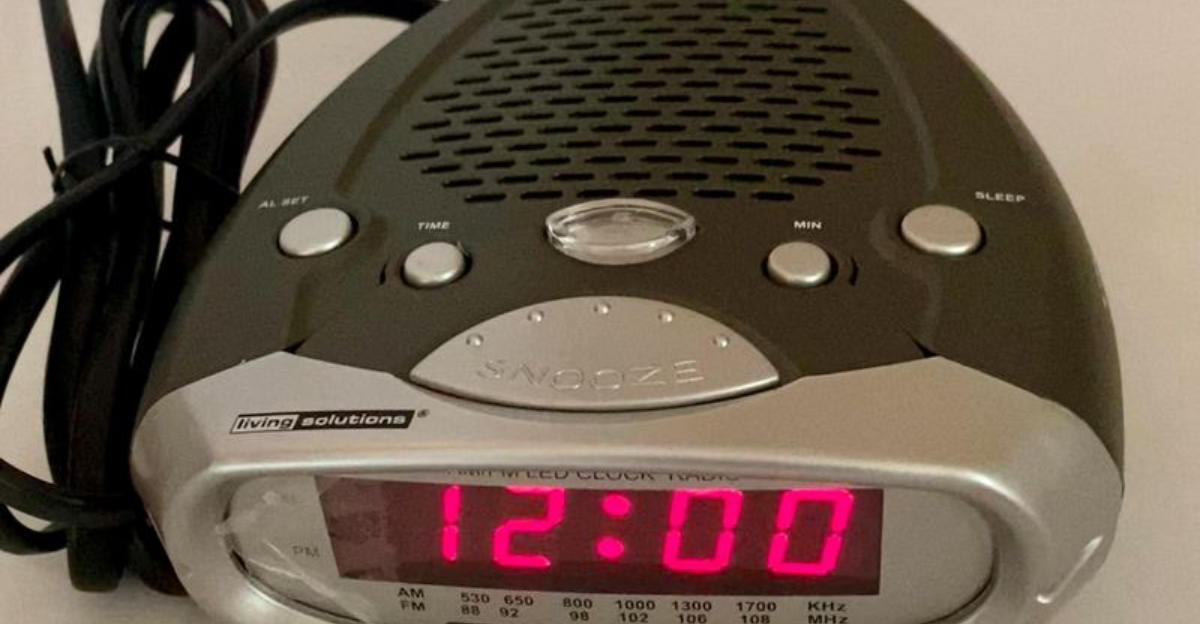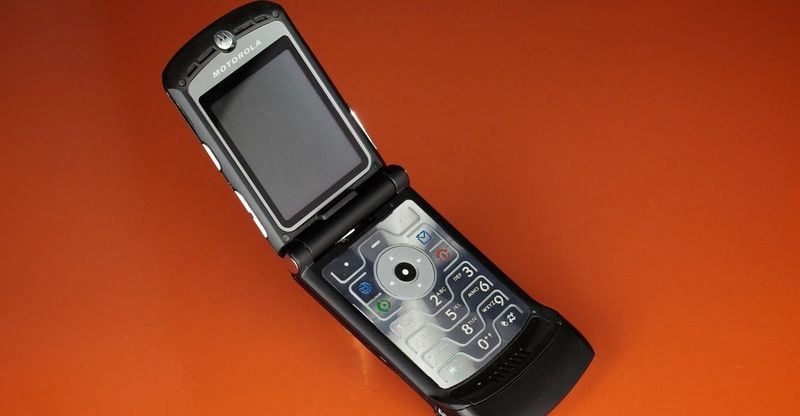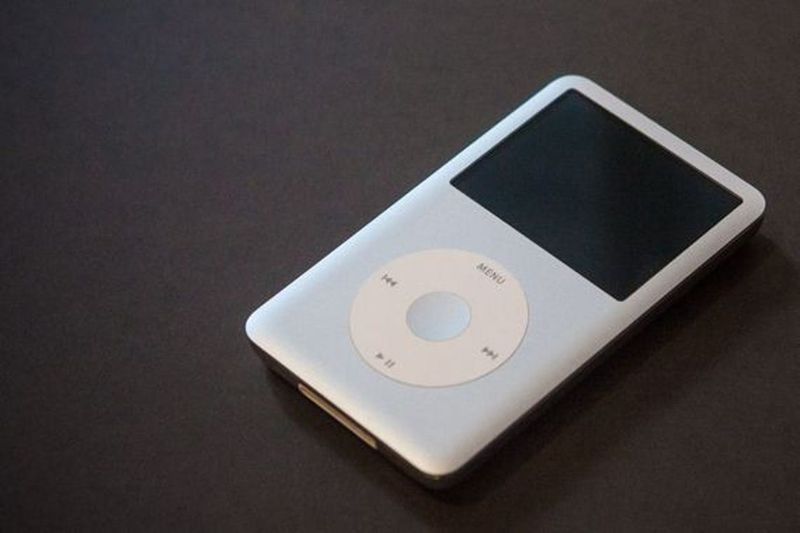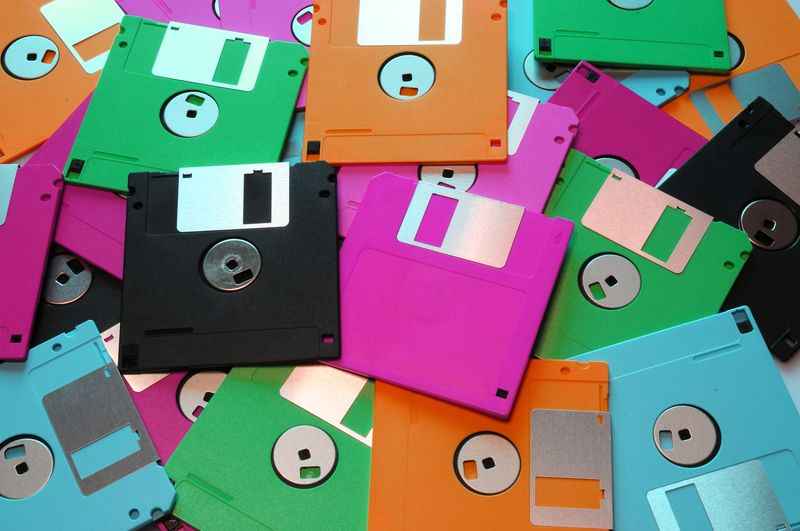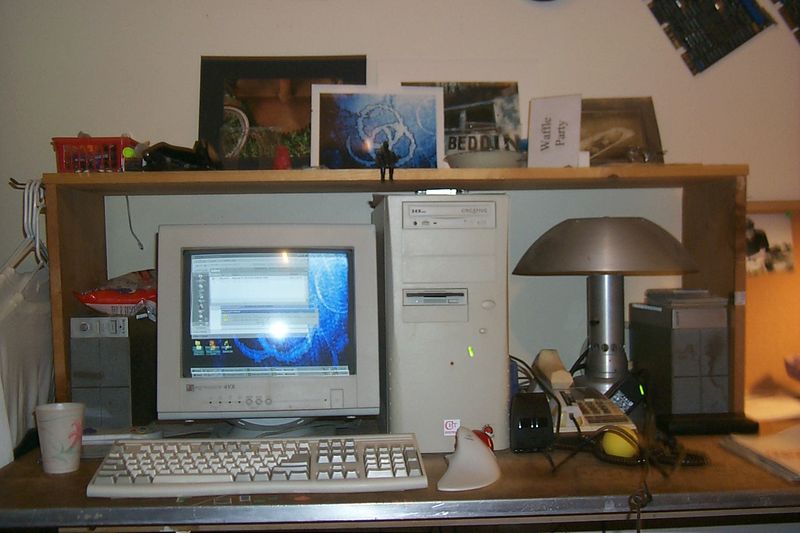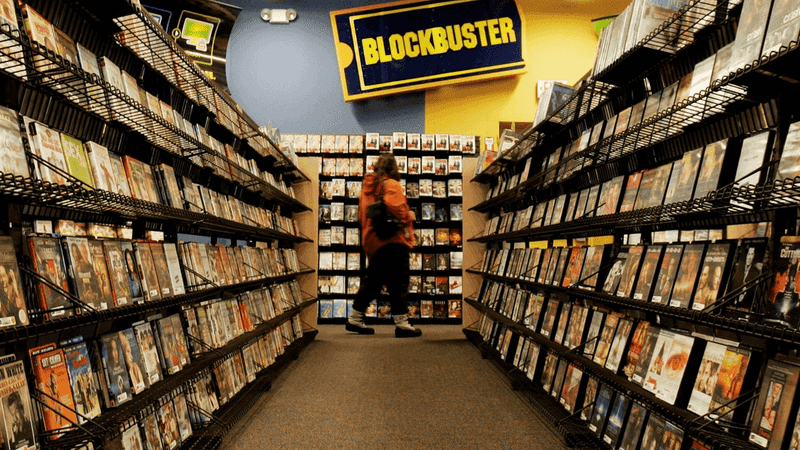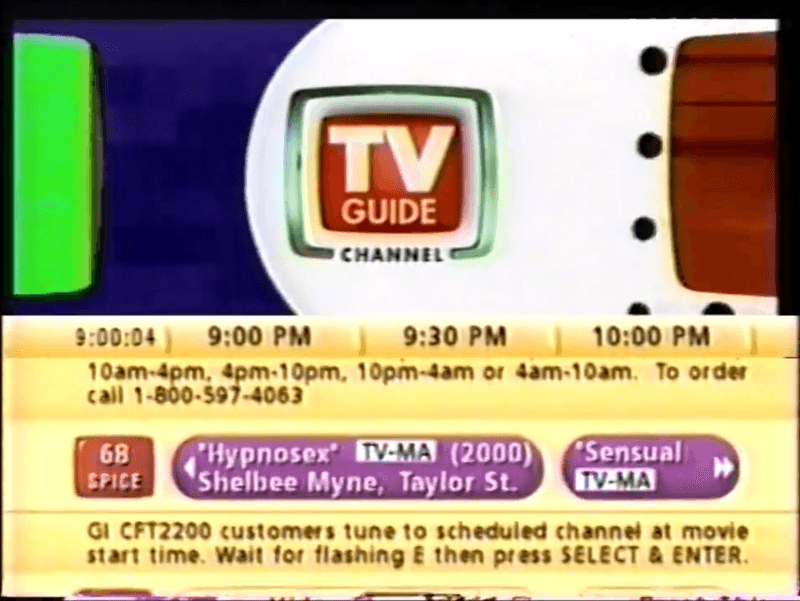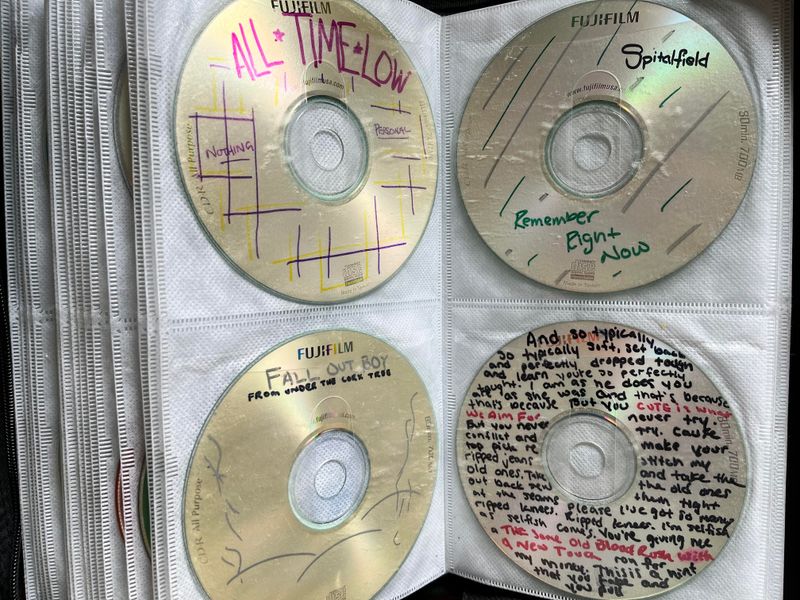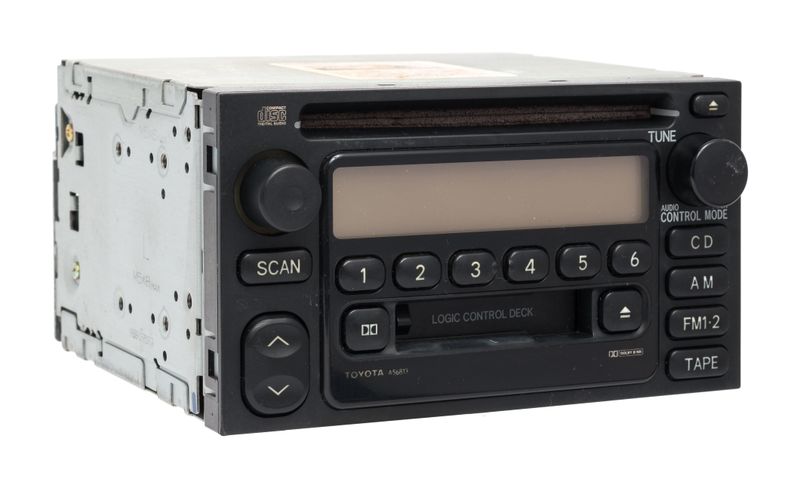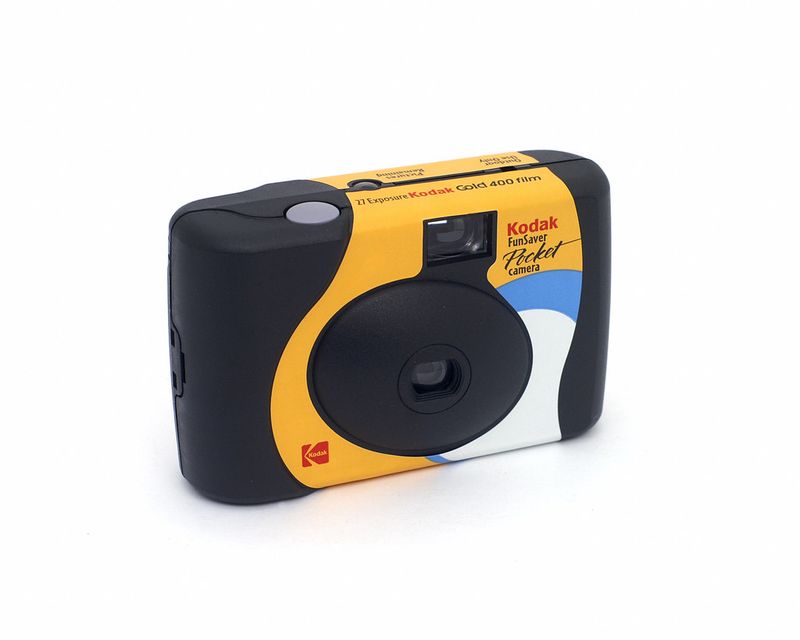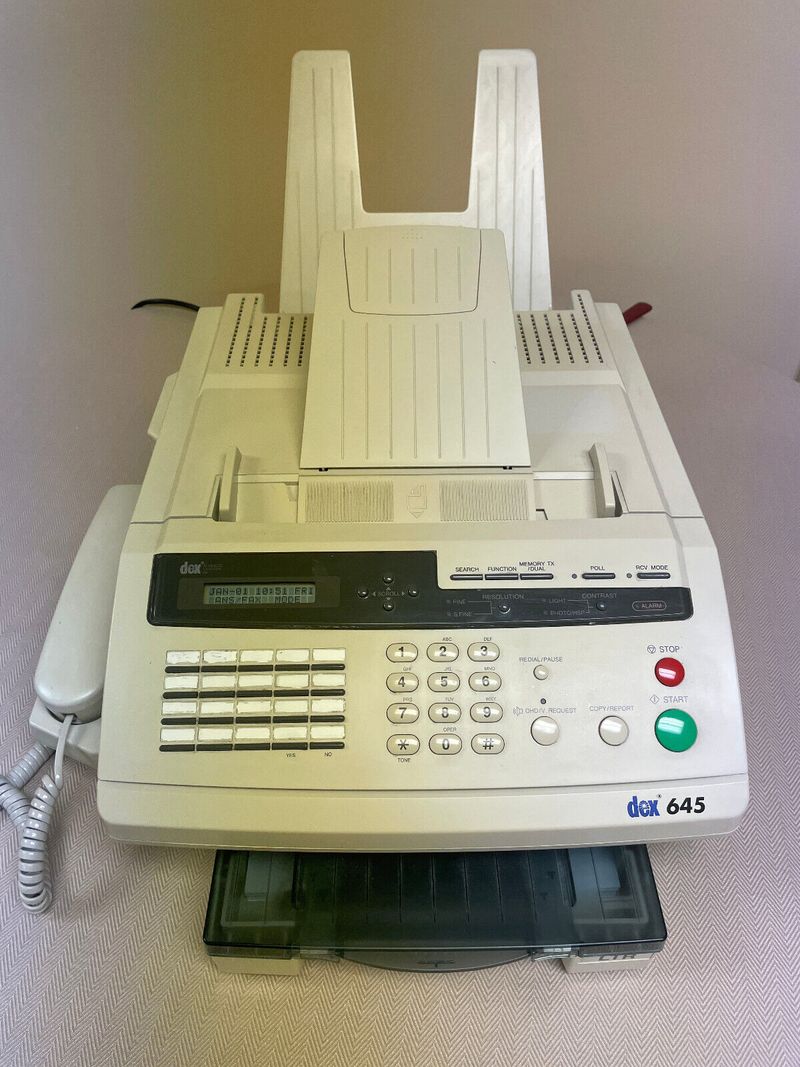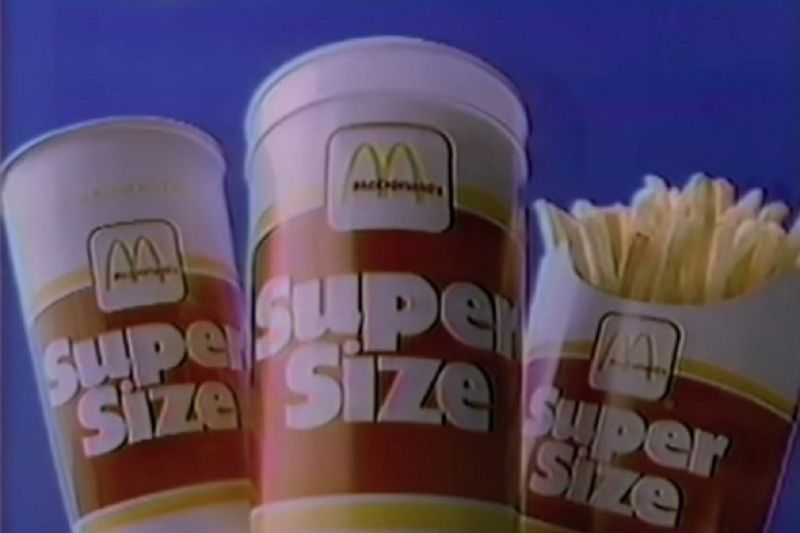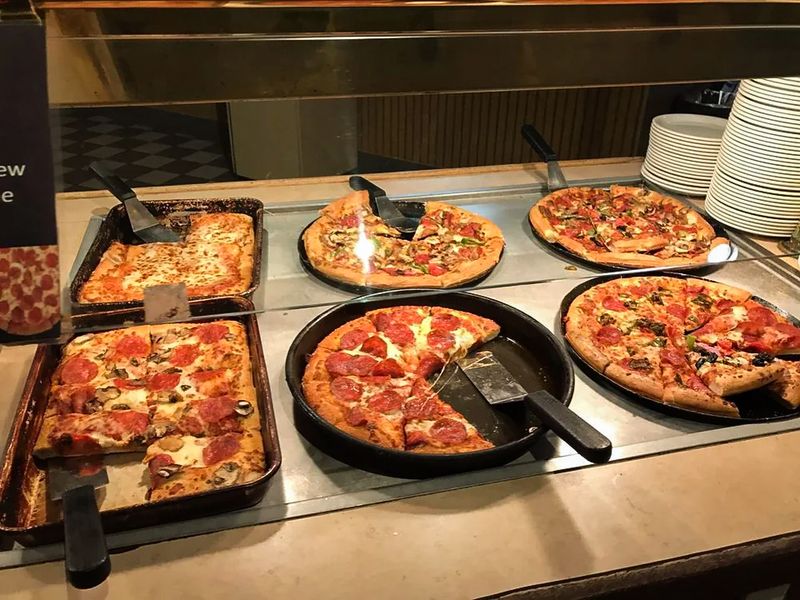The year 2000 was a time of technological marvels and quirky trends, many of which have quietly slipped into obscurity. This blog uncovers 23 things from that era that disappeared without many of us even noticing. Embark on a nostalgic journey as we explore these forgotten relics.
1. Flip Phones
“Talk to you later!” Remember the satisfying snap of a flip phone closing? Before smartphones, devices like the Motorola Razr dominated. They were compact, stylish, and oh-so-cool. Their disappearance was gradual, as touchscreens took over, leaving flip phones to become a nostalgic relic.
The tactile feedback of closing the phone felt empowering. They came in various colors, allowing users to express personal style. These phones represent a time when phone calls were prioritized over endless scrolling. Even today, some people miss the simplicity and drama of flipping their phones shut.
2. PDAs (Palm Pilots)
Before smartphones, PDAs like Palm Pilots were the ultimate personal organizers. With a stylus in hand, users managed schedules, contacts, and even played simple games. These devices were an essential part of professional life, keeping busy individuals organized and efficient.
Gradually replaced by multi-functional smartphones, the once-popular PDAs became obsolete. The transition was seamless; few people noticed as they adapted to new technology. Yet, the memory of tapping away on a tiny screen remains a cherished part of tech history.
3. MP3 Players
MP3 players, particularly the iconic iPod, changed how we consumed music. Carrying thousands of songs in our pockets felt revolutionary. With playlists and shuffle features, music lovers had new ways to enjoy their collections.
However, the rise of streaming services made these gadgets redundant. The era of syncing songs via USB came to an end. While some audiophiles still cherish their collections, most have moved on, leaving MP3 players as a fond memory of a simpler time in music consumption.
4. Digital Cameras
Bringing a camera to events was once a necessity. Early digital cameras captured memories without the need for film. They offered instant previews, eliminating the suspense of developing photos.
As smartphone cameras improved, standalone digital cameras faded into obscurity. Now, our phones serve as comprehensive imaging devices. The shift was swift, yet those who embraced the early digital photography era remember its novelty and excitement with a hint of nostalgia.
5. Webcams
Awkward MSN conversations and pixelated video calls defined the era of external webcams. These devices, perched atop bulky monitors, were key to early online communication. Back then, video calls were a novelty, often fraught with connectivity issues.
Built-in laptop cameras eventually made external webcams redundant. The transition was smooth, with few lamenting the loss of those cumbersome devices. Yet, the memory of early video chats is a reminder of how far technology has come.
6. Floppy Disks
Floppy disks, the once-ubiquitous storage medium, were already on life support by the 2000s. They served as the primary means of transferring files, often requiring several disks for larger documents.
Schools and businesses reluctantly phased them out as CDs, and later USB drives, became more prevalent. The distinctive clunky plastic design now sparks nostalgia, a reminder of early computing days. While obsolete, they remain a symbol of a bygone era in data storage.
7. Dial-Up Internet
Remember the screeching sound of dial-up internet connecting? It was the soundtrack of early online exploration. The slow connection speed and need to disconnect the phone line were inconvenient, yet part of the charm.
Broadband advancements rendered dial-up obsolete. The memory of waiting for pages to load is vivid for those who experienced it. While it’s a relief to have faster internet today, the nostalgia for simpler, albeit slower, browsing remains a cherished memory.
8. Blockbuster
Blockbuster was a weekend staple for movie nights. Browsing aisles of VHS tapes and DVDs was a ritual for many families. Despite its popularity, the rise of streaming services triggered its decline, with the last store closing in 2019.
The loss of physical rental stores marked the end of an era. The nostalgia for browsing shelves and discovering hidden gems lingers. Blockbuster remains a cultural icon for those who cherished the experience of choosing films by hand.
9. TV Guide Channel
Before on-demand streaming, the TV Guide Channel was our go-to for finding shows. The scrolling list of programs required patience, yet it was part of the TV watching experience.
Advancements in technology led to its decline, as digital guides became integrated into TVs. The absence of the channel is a reminder of how television consumption has evolved. For many, the TV Guide Channel is a nostalgic relic of simpler viewing times.
10. CD Burners & Mix Tapes
Creating mix tapes evolved into burning CDs, a popular pastime in the early 2000s. Compiling songs onto CDs required precision, ensuring the perfect playlist fit within 80 minutes.
The rise of digital playlists and streaming services made CD burning obsolete. Yet, the memory of crafting personalized mixes remains a treasured part of music culture. The tactile process of labeling and decorating CDs was an art form embraced by music enthusiasts.
11. FM Radio in Cars
FM radio was once the soundtrack of car journeys. Tuning in to favorite stations and discovering new music was a shared experience for many drivers.
The advent of Spotify and podcasts changed in-car entertainment. While FM radio still exists, its role has diminished. The nostalgia for radio broadcasts lingers, as does the memory of hearing a favorite song play unexpectedly during a long drive.
12. DVD Bonus Features
DVDs offered more than just films; bonus features like director’s commentaries and behind-the-scenes footage enriched the viewing experience. These extras provided insights into film-making and were cherished by movie enthusiasts.
Streaming platforms shifted focus from physical media, leading to the decline of DVD bonuses. Although some content is available online, the experience of exploring a DVD’s menu for hidden gems remains missed by cinephiles.
13. Physical Video Game Manuals
Unpacking a new video game once meant finding a thick manual inside, full of lore, controls, and artwork. These booklets set the stage for immersive gameplay experiences.
Digital downloads eliminated the need for physical manuals, leaving a void for those who cherished the tangible connection to their games. The art and stories within remain missed, offering a glimpse into the creative process of game development.
14. AOL Free Trial CDs
AOL CDs were seemingly everywhere, offering hours of free internet access. Found in mailboxes and magazines, these discs were both a marketing strategy and a cultural phenomenon.
The rise of broadband rendered them unnecessary, yet their abundance remains a quirky memory of early internet days. Collectors and nostalgics treasure them as artifacts of a time when connecting online was a novelty.
15. Phone Books
Before search engines, phone books like the Yellow Pages were indispensable. Delivered regularly, they contained contacts for every imaginable service.
Digital directories and online searches made them obsolete, yet their legacy persists in the collective memory of those who once relied on them. The tactile experience of flipping pages is remembered fondly, as is the iconic “Let your fingers do the walking” slogan.
16. Paper Maps
Folding paper maps was an art form mastered by road trippers. Before GPS, navigating involved plotting routes manually, often leading to heated discussions.
The advent of digital navigation tools has made paper maps largely redundant. Yet, the tactile experience of unfolding a map and the thrill of discovering new routes remains a fond memory for those who relied on them.
17. Alarm Clocks
Waking up to a blaring alarm clock was a universal experience. The jarring beep was both a necessity and a nuisance, prompting many to hit the snooze button.
Smartphones have largely replaced standalone alarm clocks, offering customizable tones and settings. While more convenient, some miss the simplicity of setting a physical clock, a relic of pre-digital mornings.
18. Disposable Cameras
Disposable cameras were staples at parties and vacations. With limited shots, capturing the perfect moment was a challenge. Developing the film brought anticipation and surprise.
Smartphones and digital cameras have made disposables nearly extinct. Yet, the excitement of waiting to see developed photos is remembered fondly, adding a touch of nostalgia to the otherwise instant gratification of digital imagery.
19. Fax Machines
The whir of a fax machine was once a common sound in offices. Transmitting documents over phone lines was revolutionary, yet cumbersome.
Email and digital communication have rendered fax machines mostly obsolete, though some businesses still cling to them. The distinctive noise and slow process are remembered with a mix of frustration and fondness for a simpler technological era.
20. Yogurt Lids with Foil Seals
Opening a yogurt cup once meant peeling back a foil seal. The satisfying rip and shiny underside were part of breakfast rituals. Foil lids were commonplace, their disappearance gradual.
Plastic peel-back lids became the norm, leaving foil seals as a memory of food packaging past. The tactile experience of peeling foil remains a nostalgic reminder of how even small changes mark time’s passage.
21. McDonald’s Supersized Meals
Supersized meals at McDonald’s once represented indulgence and value. The enormous fries and drinks were symbols of American fast food culture.
The 2004 documentary “Super Size Me” highlighted health concerns, leading to the meal’s discontinuation. The memory of oversized portions is a nod to changing attitudes toward health and nutrition in the fast food industry.
22. Pizza Hut Buffets
Pizza Hut buffets were a paradise for pizza lovers. All-you-can-eat personal pan pizzas, salads, and desserts made it a popular dining choice for families and groups.
As dining habits shifted, these buffets became less common. Yet, the memory of piling plates high with pizza remains a cherished dining experience for those who enjoyed the abundance and variety of buffet-style meals.
23. Toys in Cereal Boxes
Breakfast was an adventure with toys hidden in cereal boxes. The excitement of finding a prize, from mini cars to puzzles, added joy to the morning routine.
Cost-cutting and safety concerns led to the decline of cereal box toys. Now, QR codes offer digital experiences, leaving the nostalgia of physical surprises for those who cherished them.
